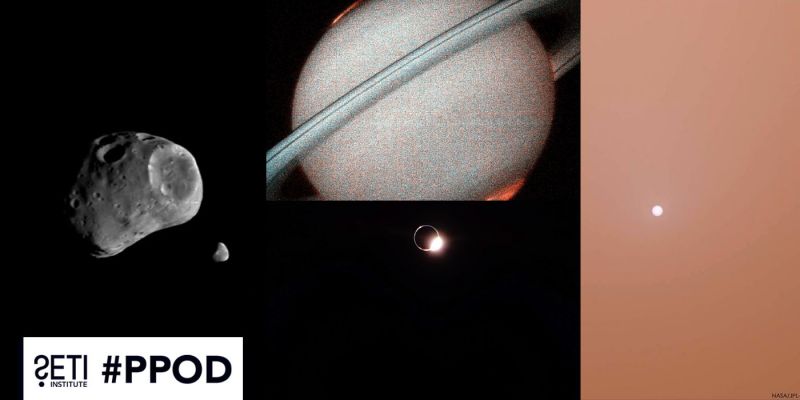
Dr. Ian Weaver, the Unistellar Education lead at the SETI Institute, shared his experiences from two star parties hosted with the National Park Service (NPS). These events are part of a partnership between the SETI Institute and NPS to provide local youth and the public with opportunities to explore the night sky while learning about the importance of preserving natural darkness for wildlife, habitats, and park visitors. The star parties also offer a chance to participate in citizen science activities in astronomy. Protecting dark skies enhances the solitude and wilderness that animals depend on, visitors seek and many cultural-historical parks require for preservation. NPS recognizes that the night sky is more than just a scenic backdrop; it is a vital part of the ecosystem, supporting both natural and cultural resources. Outfitted with Unistellar telescopes, Dr. Weaver helps us humans to experience the treasures of deep space and connect deeper with these night skies that the national parks offer.
Lake Mead Star Party
The first event was held over Labor Day weekend at Lake Mead National Recreation Area with more than 60 participants, including members from the Las Vegas Astronomical Society (LVAS). Despite being just 30 minutes outside of Las Vegas, the location’s lower elevation and surrounding mountain ranges help block out much of the city’s light pollution. Boulder City, nearby, has also taken steps to reduce light pollution, making this a great spot for stargazing.
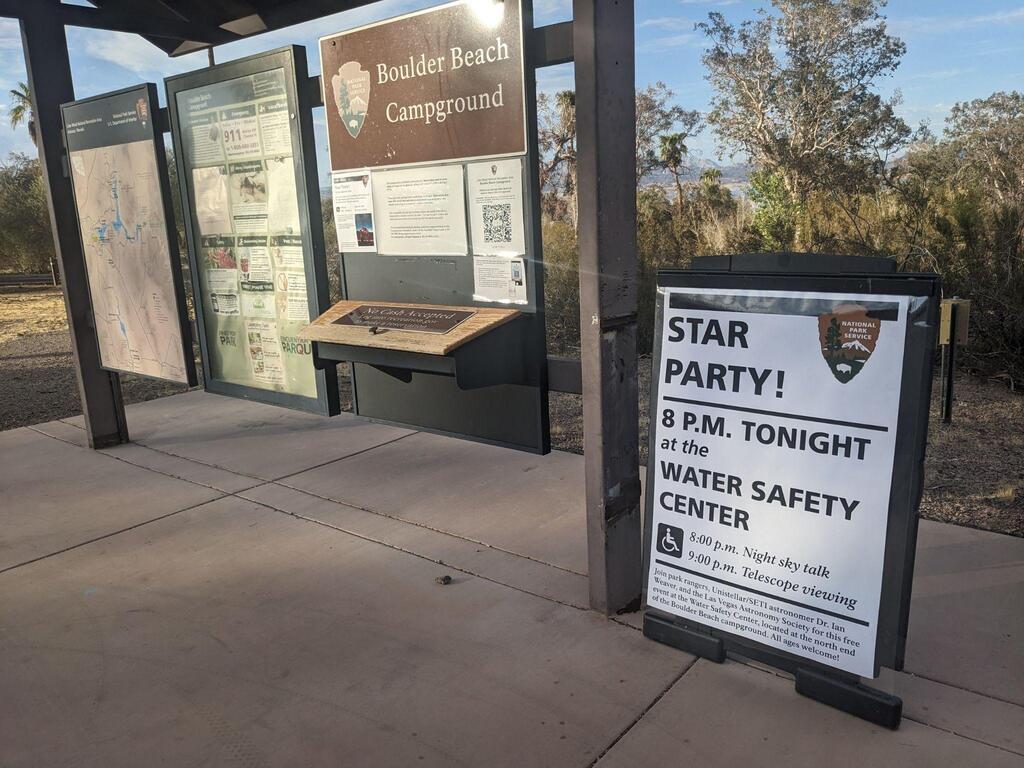
Before the night’s observations began, Ian gave a short presentation about Unistellar, its citizen science campaigns, and what participants could expect to see. Afterward, guests headed outside to look through the telescopes. Although clouds rolled in during the afternoon, they cleared up just in time for some deep-sky observations.
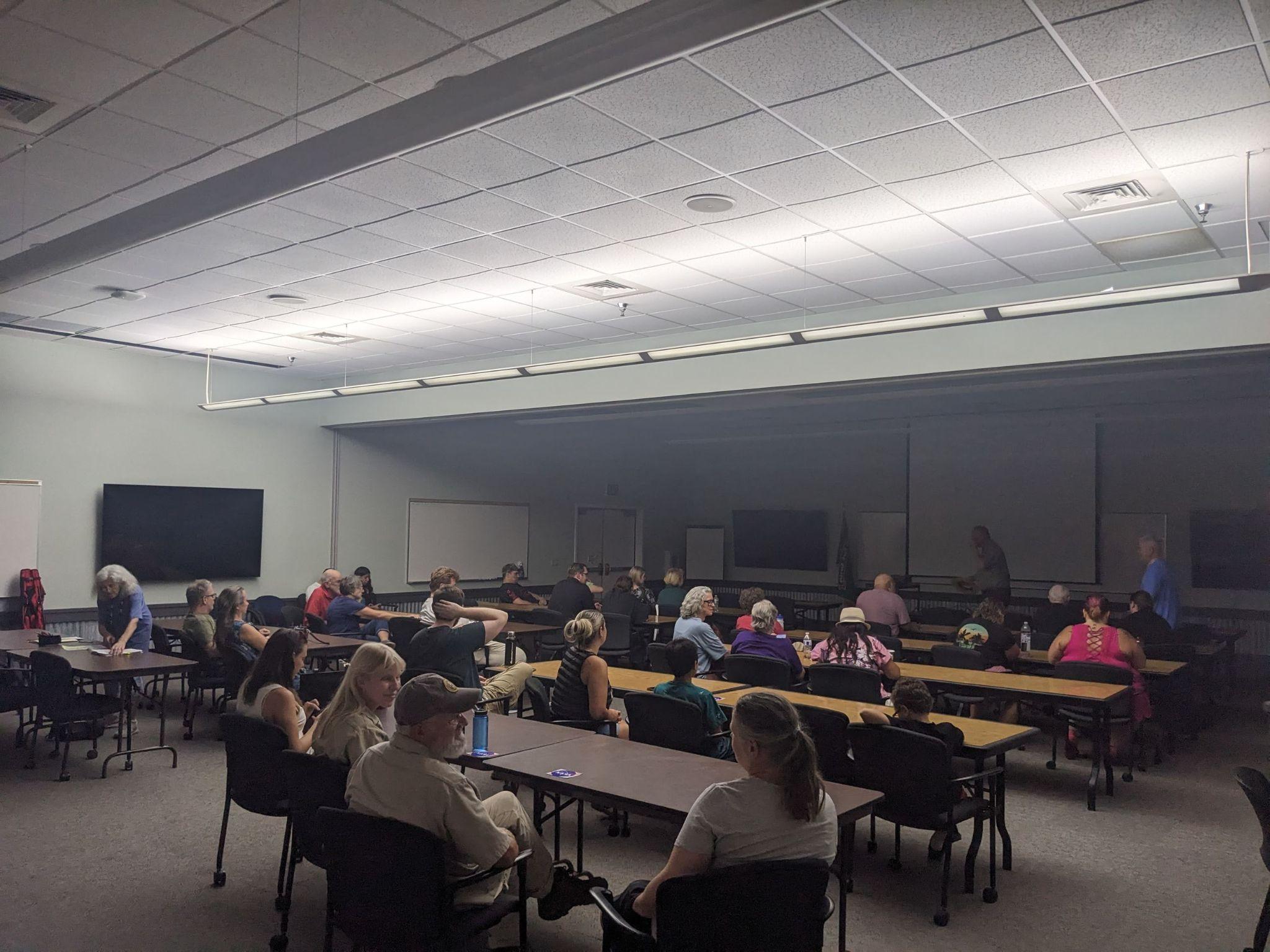

After setting up the telescopes, Ian used a custom laser pointer holder, 3D printed by citizen scientist Chuck Goodman, to show guests where his eVscope 2 was pointing. Throughout the night, objects, including the Ring Nebula, M2 and Andromeda, were visible, making it a great evening of stargazing.
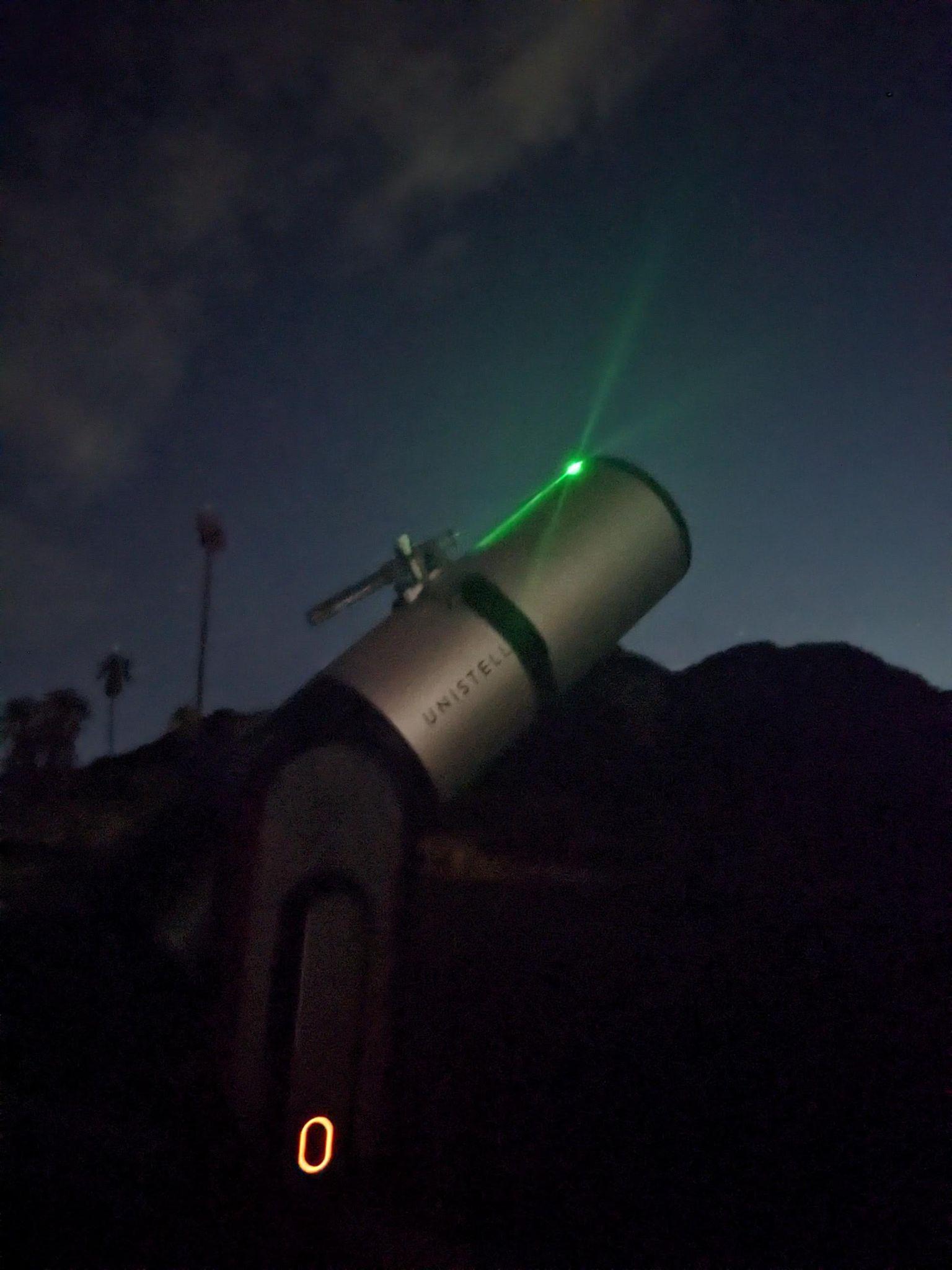
Cedar Breaks Star Party
The next day, Ian traveled to Cedar Breaks National Monument southern Utah. The drive to Cedar Breaks is stunning, with winding roads through pink sand dunes and breathtaking overlooks. At over 10,000 feet in elevation, Cedar Breaks is an ideal spot for night sky observations, and the event was part of the park’s Dark Sky Tours series.
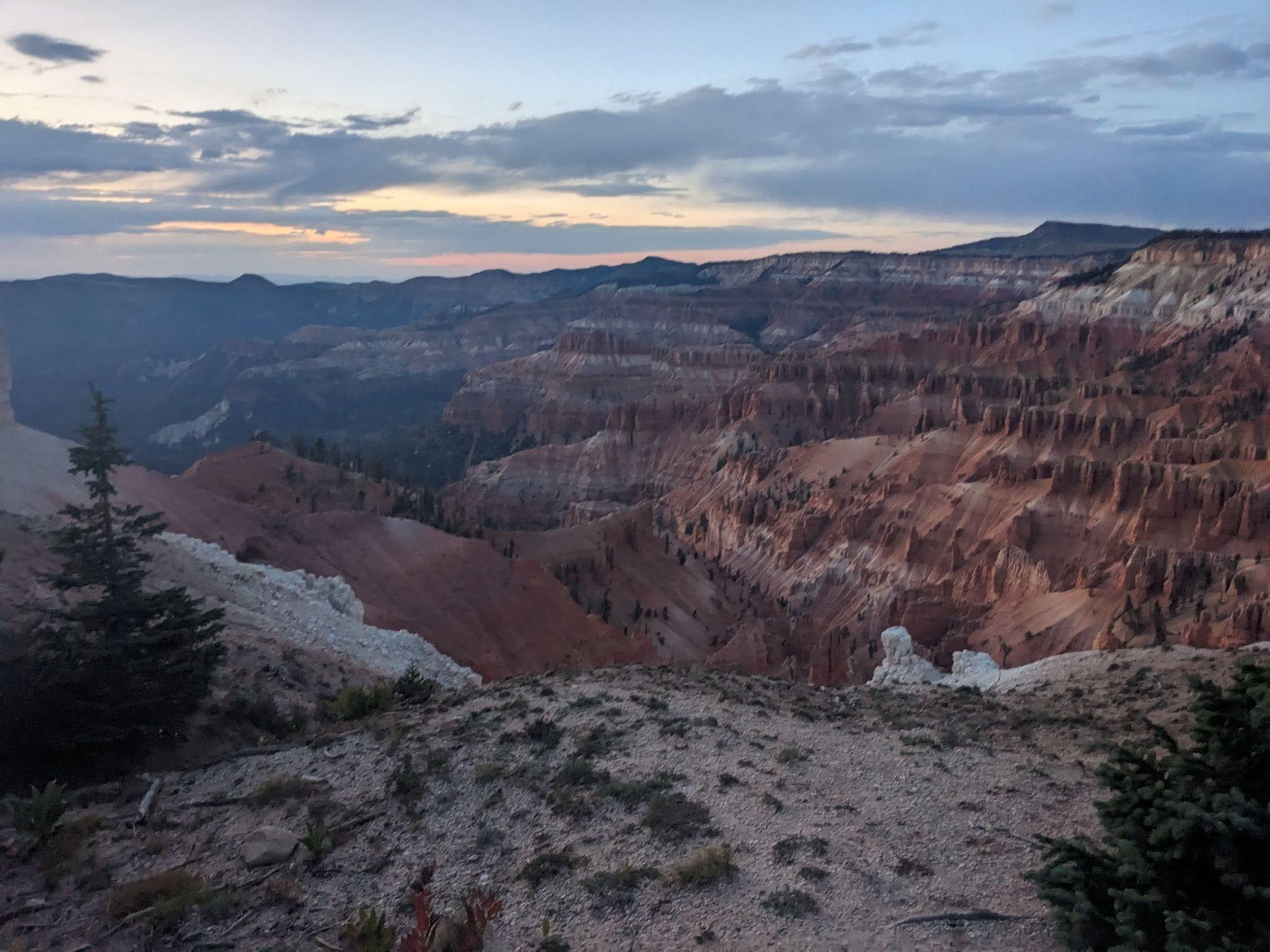
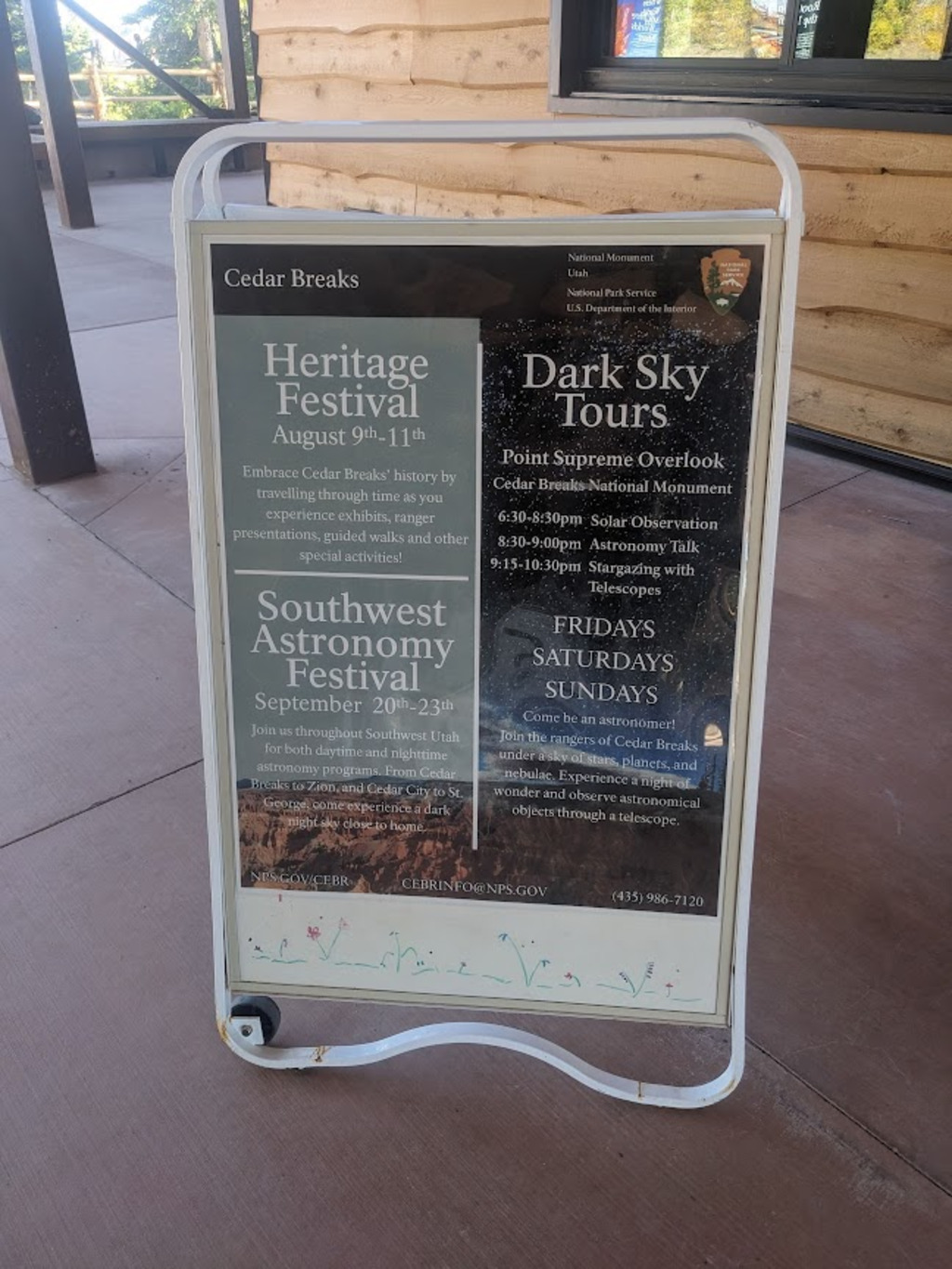
The night began with an introduction by NPS Dark Sky Coordinator, Matthias Schmitt, followed by a talk and Q&A session with Ian. Once it was dark, guests took turns looking through the telescopes to observe deep-sky objects. To Ian’s surprise, the park already had two eVscopes of its own, allowing even more people to enjoy the view. The evening was a success, and guests left with a greater appreciation of the natural world.


Night sky objects
Below are samples of the various targets observed at these star parties.
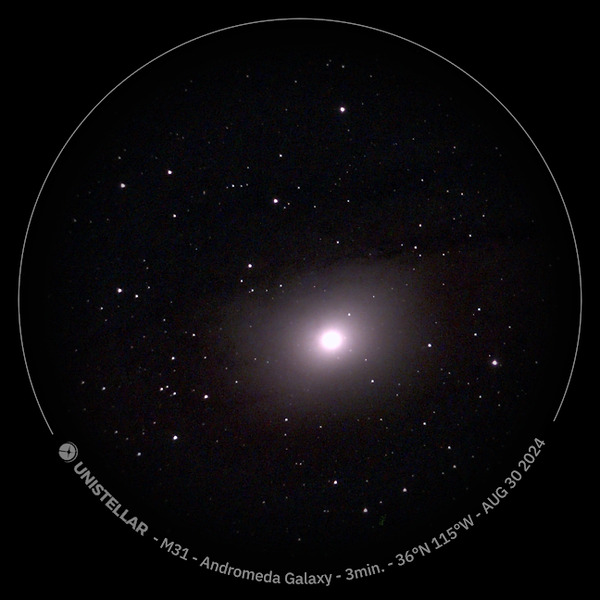
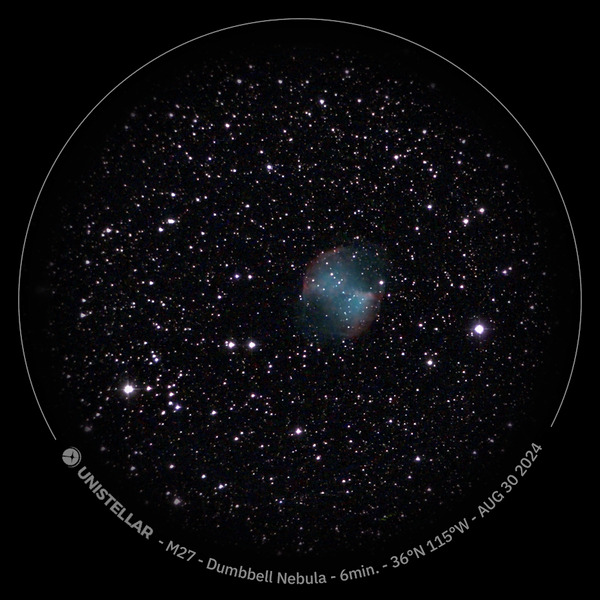
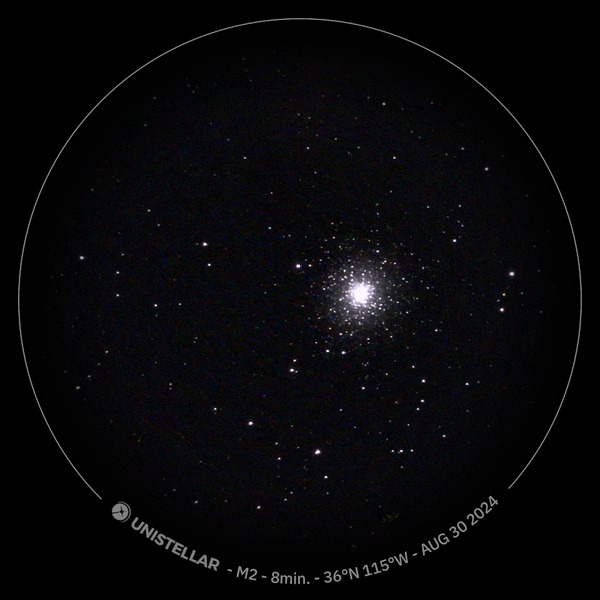
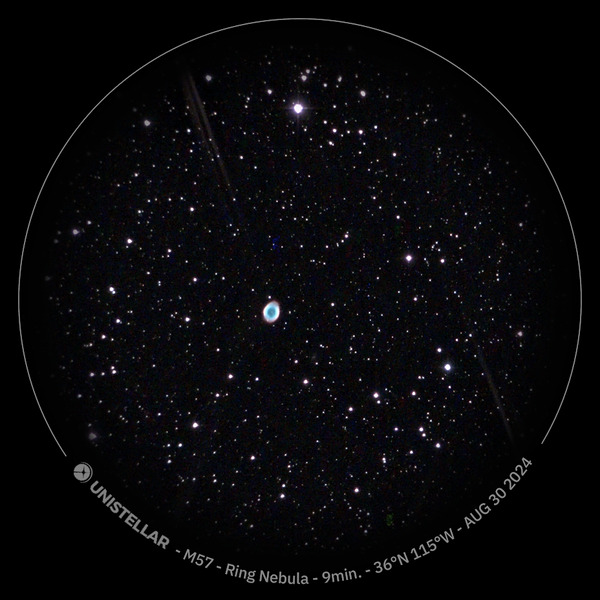
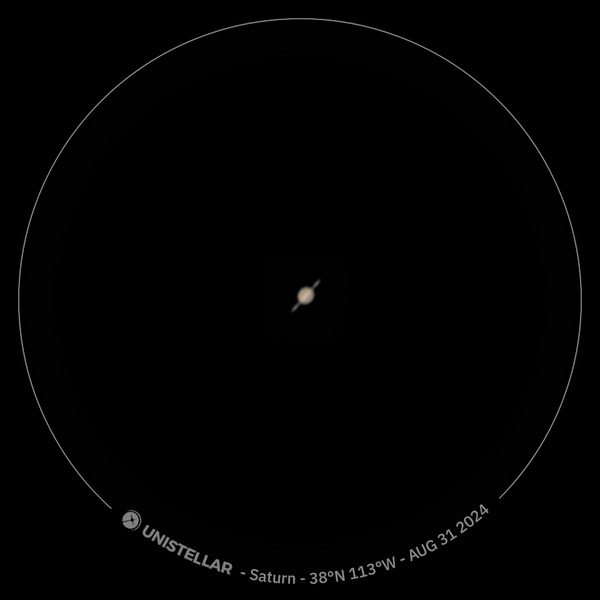
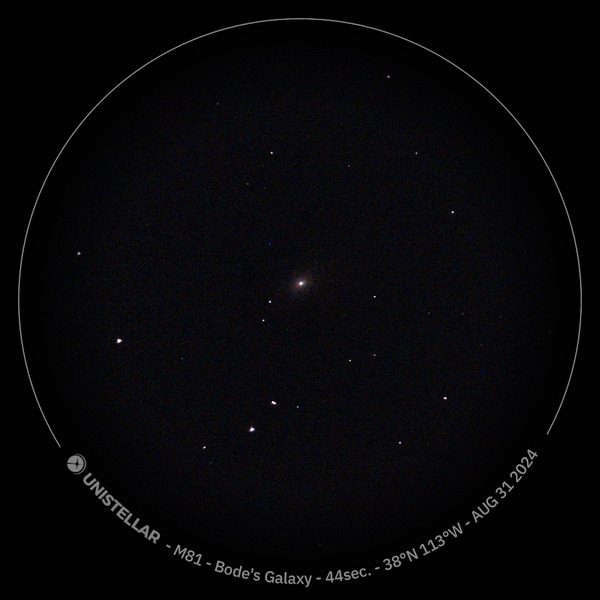
The Importance of Night Sky Events
National parks provide a unique opportunity for the public to experience the true night sky, often for the first time. These star parties can inspire future scientists and engineers, and we hope that guests leave with a new appreciation for the environment and a desire to share it with others.
The SETI Institute partners with Unistellar, a company that is reinventing popular astronomy with its eVscope, a digital scope that fits in a backpack.
The SETI Institute and Unistellar are partners in a unique citizen science collaboration. The eVscope is capable of deep-sky observations that can also collect research-quality data for citizen science astronomy. With a global network of more than 25,000 users, SETI Institute researchers can mobilize teams to conduct observations to lead to significant scientific discoveries and contributions.





